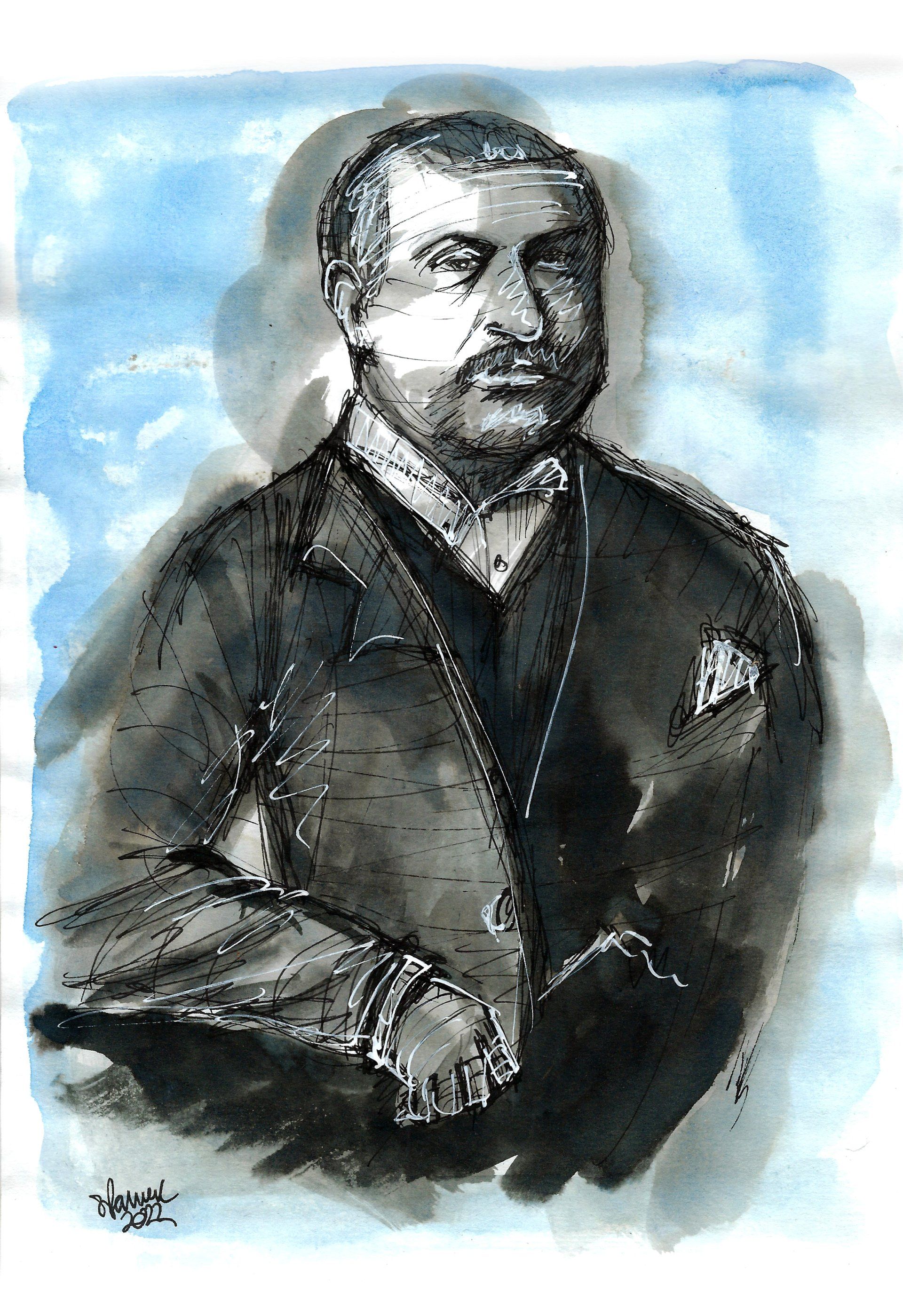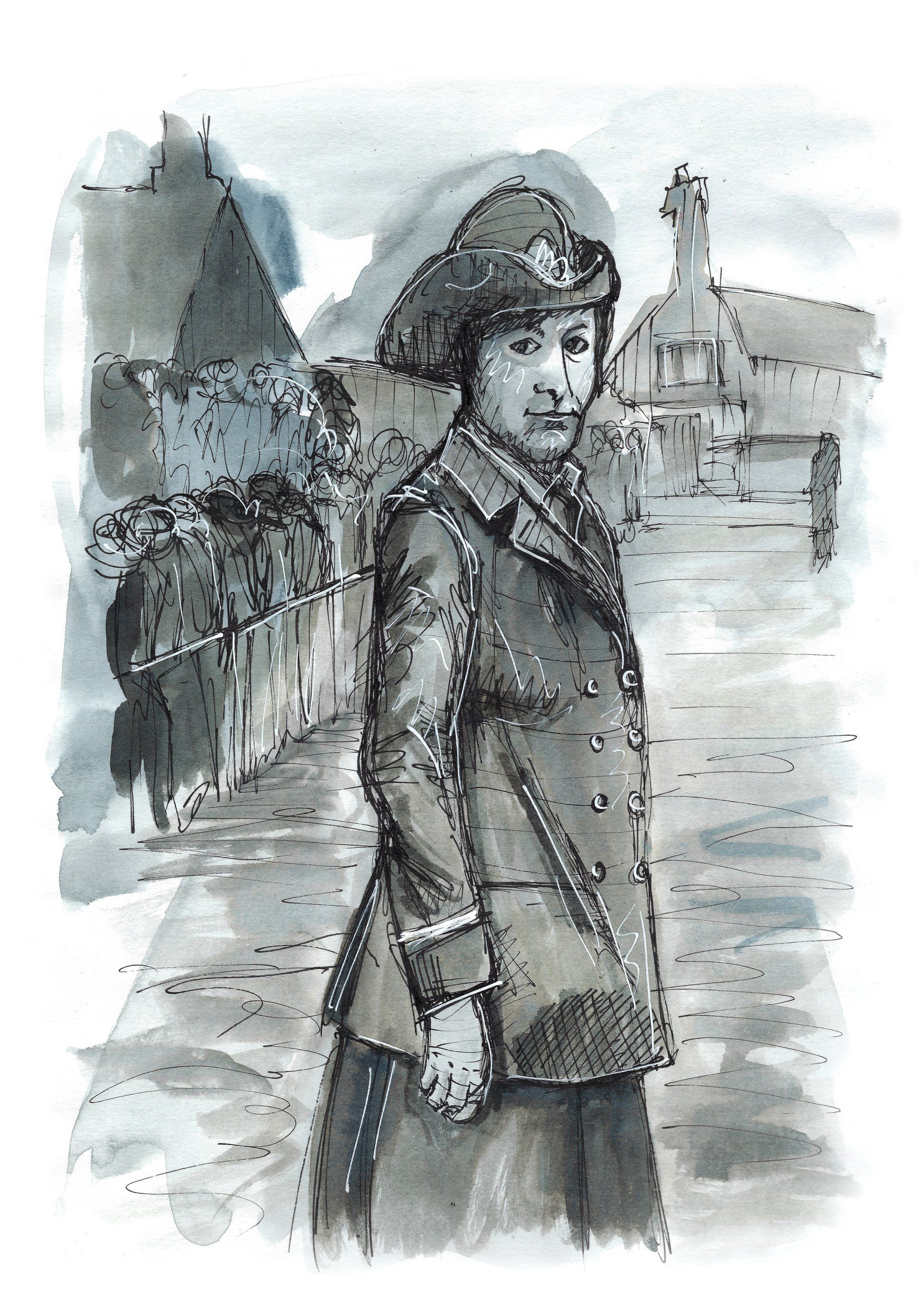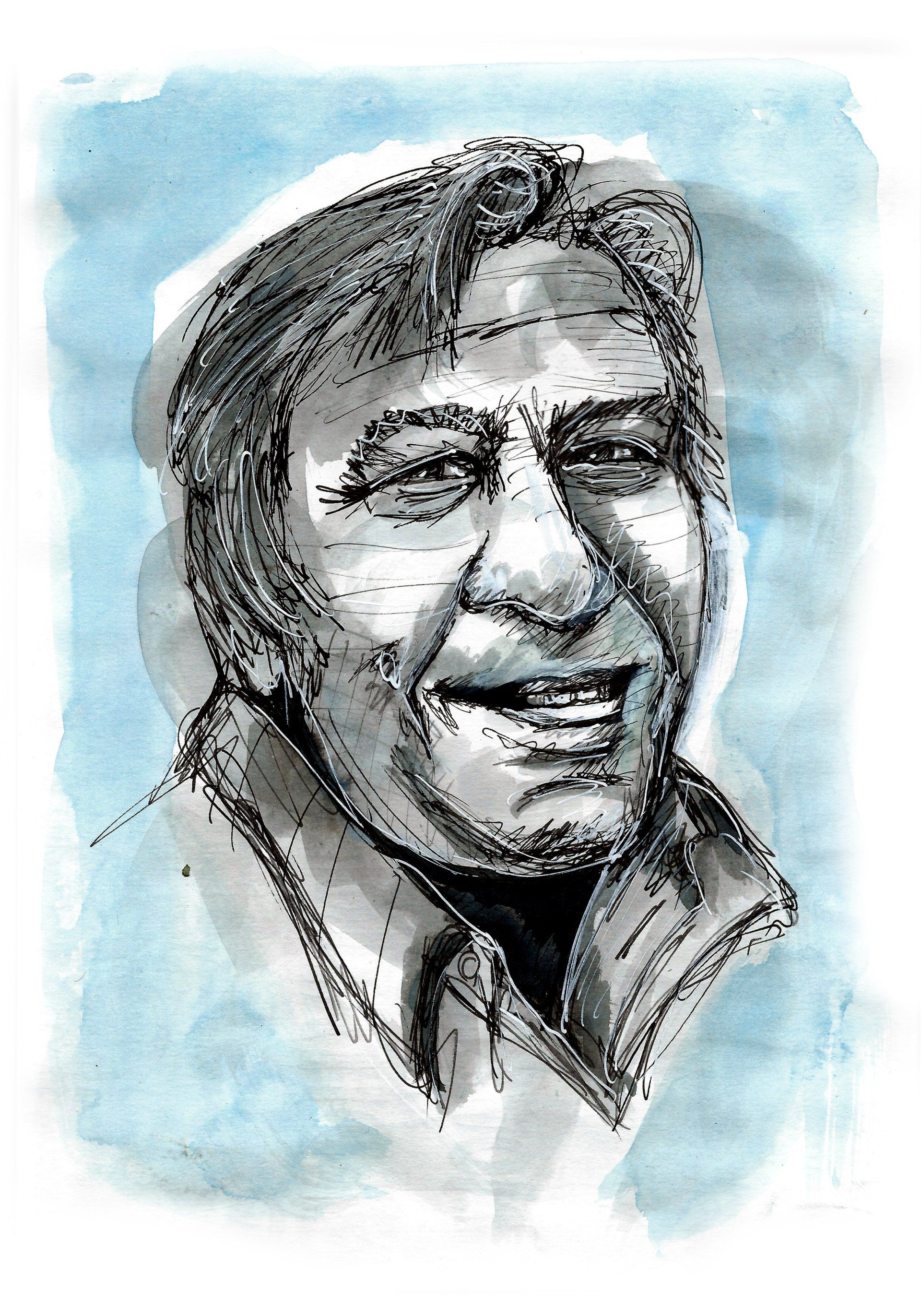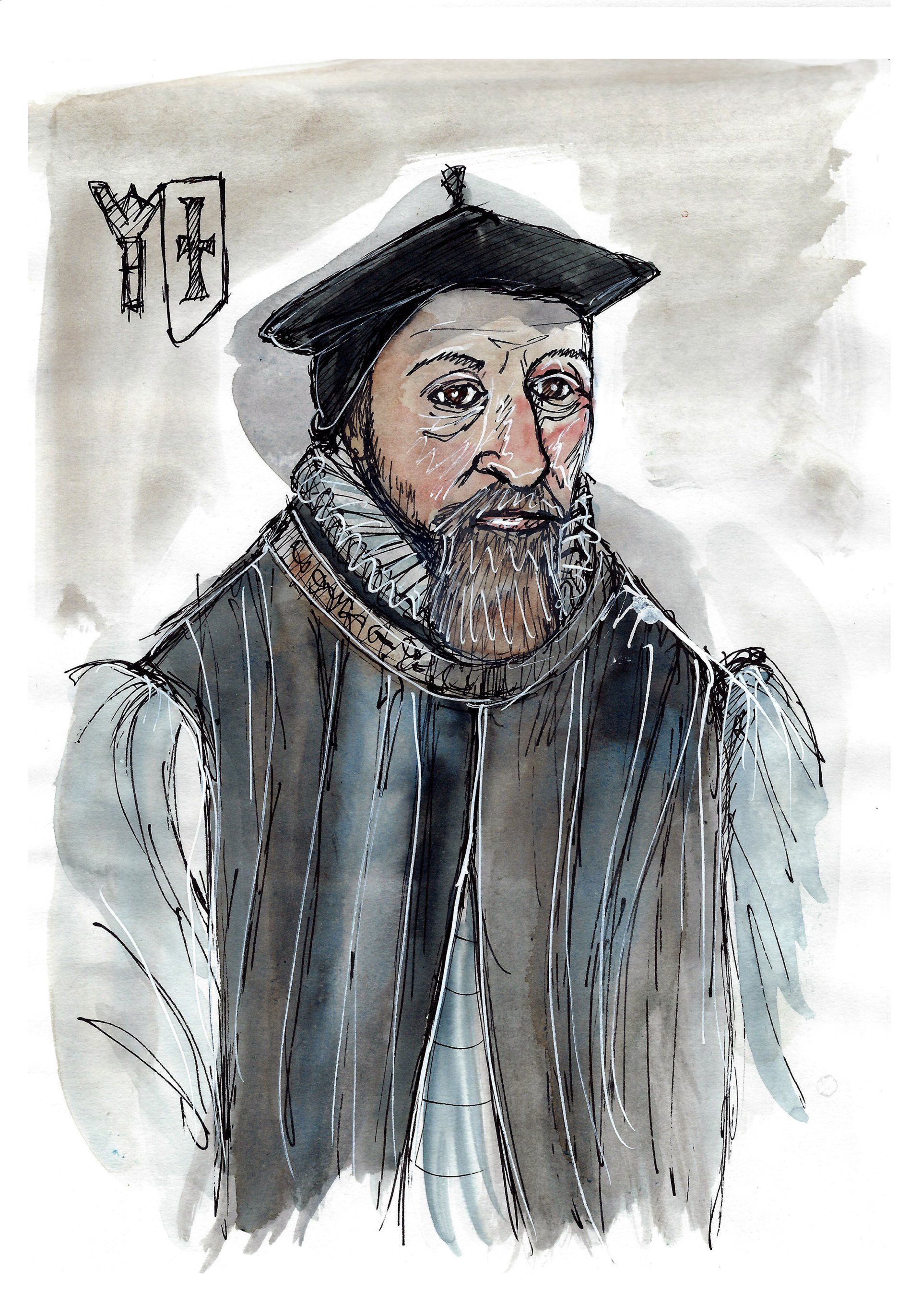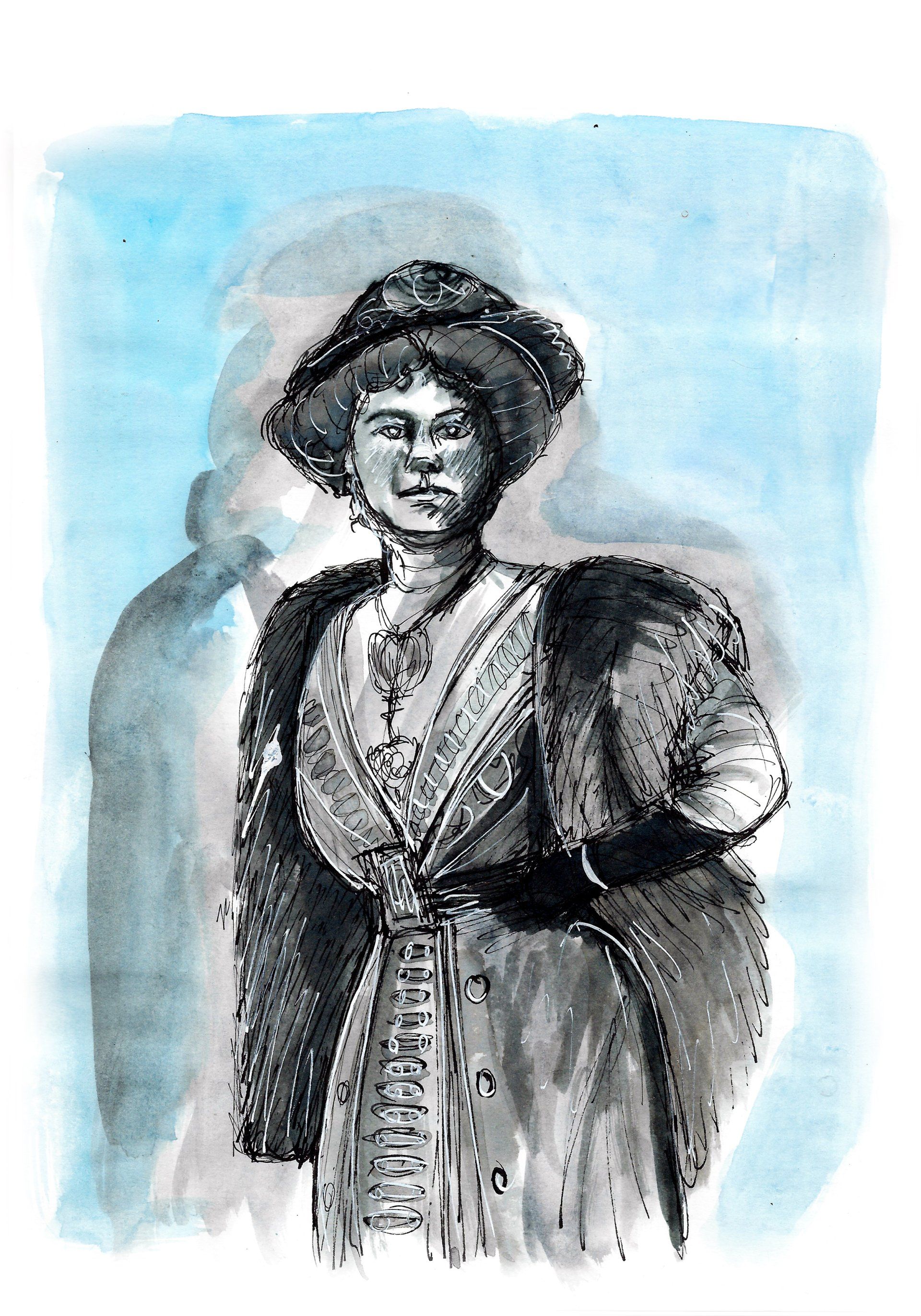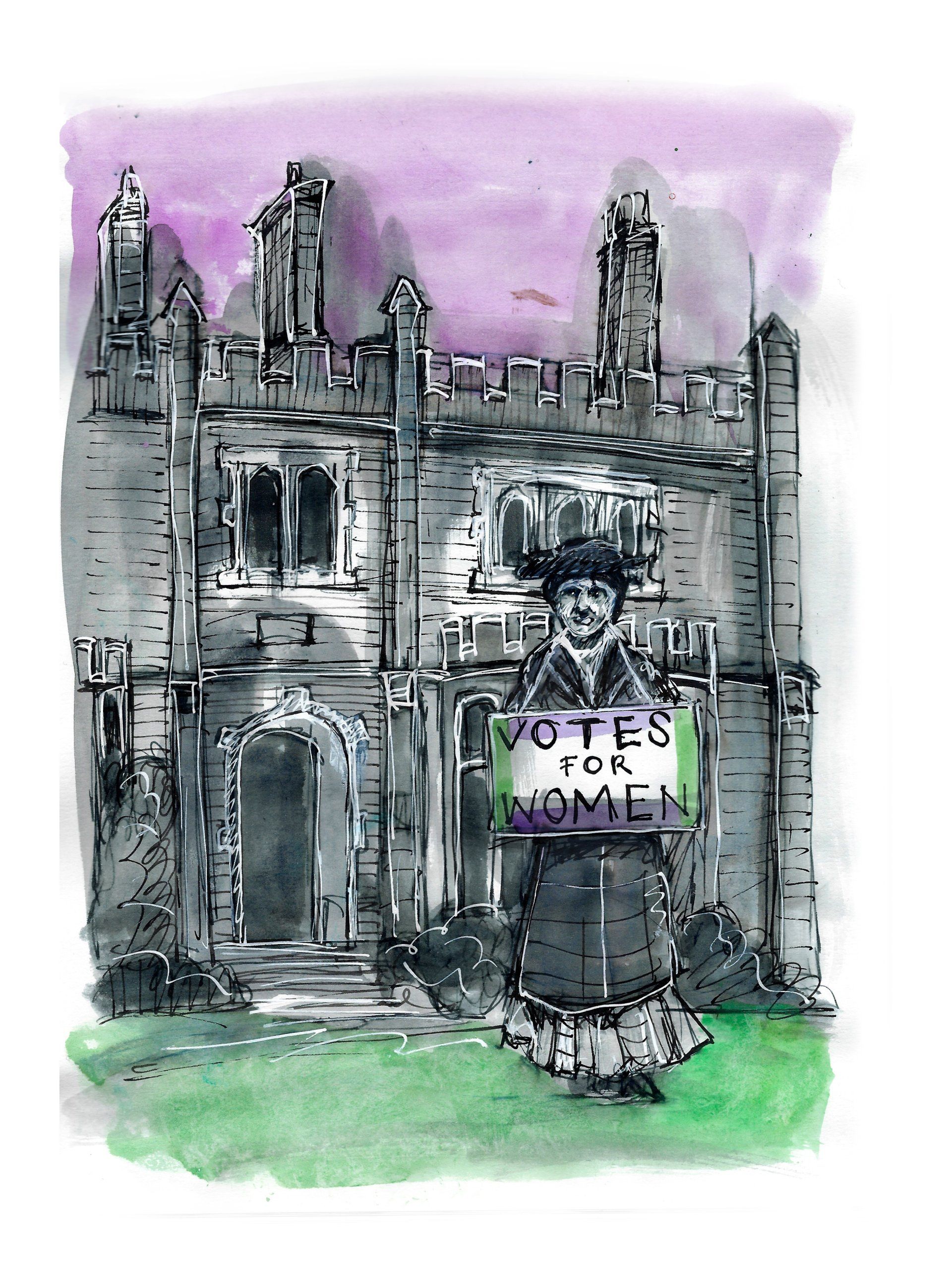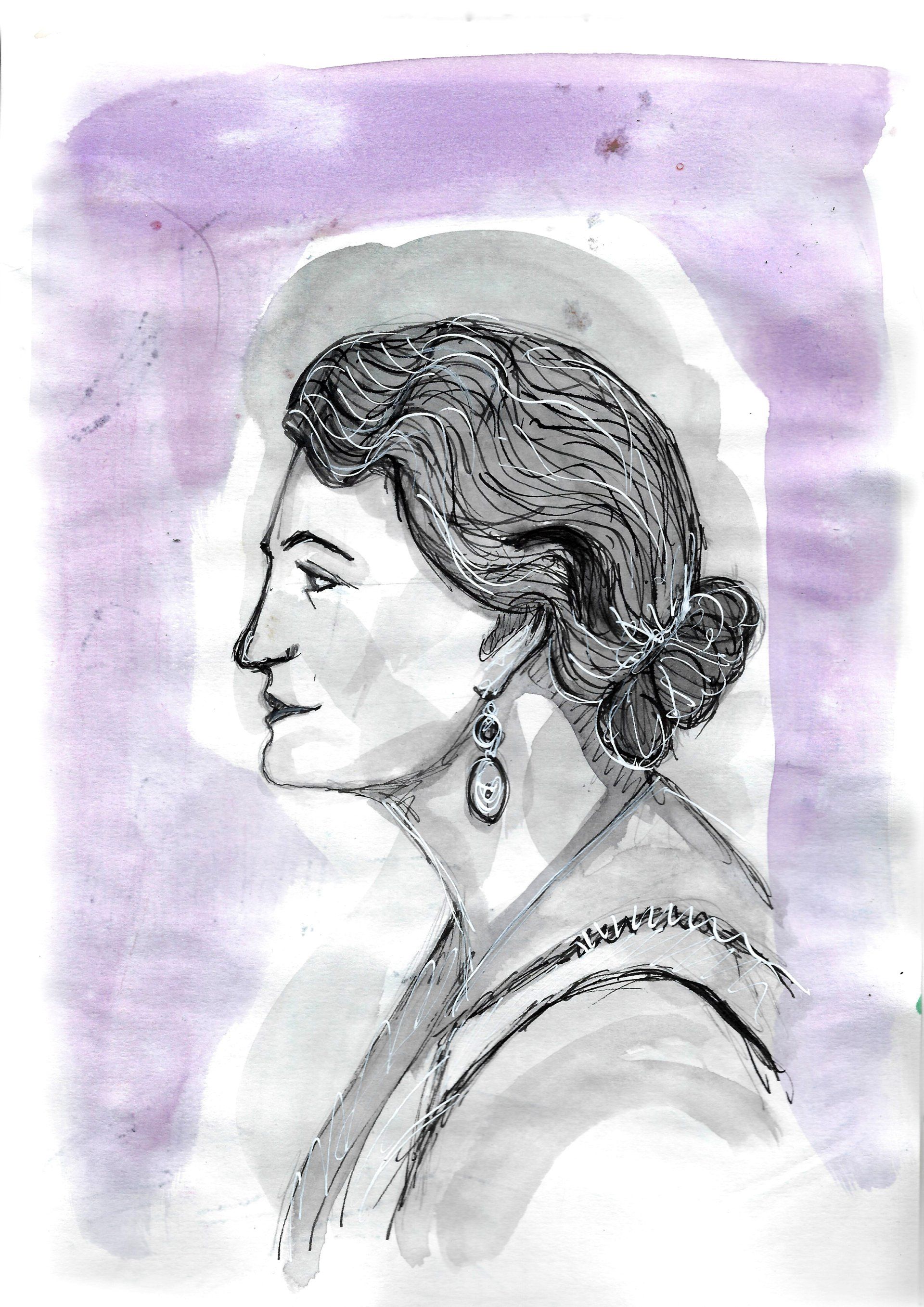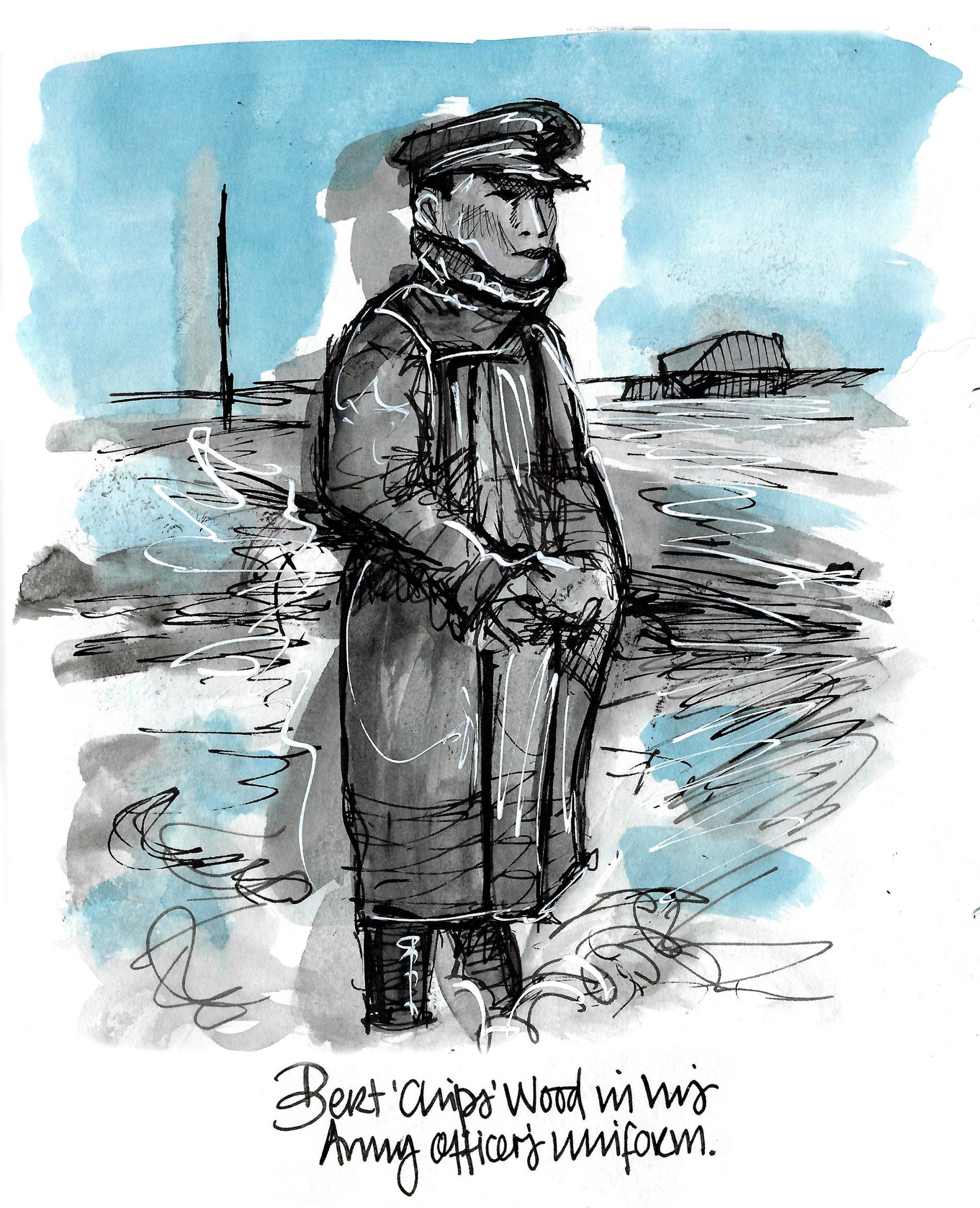Sir George Doughty
The great Grimsby philanthropist Sir George Doughty had a humble beginning but grew to great heights.
Born in 1854 in Robinson Street he went to the Wesleyan Day School in George Street. At the age of 13, he left school and worked for a carpenter.
He was, in later years, a travelling preacher on the Primitive Methodist circuit and was very much part of the temperance movement in the town. In his toolbox could be found a copy of the bible.
During his apprenticeship he joined a debating society, which was held in the Baptist School Room in Burgess Street. This was to shape him for his future life in politics.
George married in 1879 after falling in love with Rebecca Vere. They lived on Maude Street and had two children Wilfred Vere Doughty and Annie Vere.
During his time, he built many properties (shops and houses) around the town including on Freeman Street, Cleethorpes Road, Princes Avenue, and was responsible for the woodwork in Flottergate Methodist church.
In his lifetime he was involved in shipping, building, joinery, and carpentry, as well as founding the town’s newspaper, of which his son Wilfred became the editor. It was used as a mouthpiece for George’s politics.
There as the town was on the rise, he was elected on to Grimsby Town Council in 1884, thus starting his political career. He was twice Mayor of Grimsby and MP for the town between 1895 and 1910. In 1904 he was knighted for his services to shipping.
As Alderman Doughty he officially opened the Doughty Road subway to replace the Peppercorn Walk crossing. The project cost £7,000. The foundation stone can still be seen on the wall.
In 1904, his wife Rebecca died suddenly at their Waltham home on their daughter’s 21st birthday. In 1907 during a tour of India he met Australian journalist Eugenia Stone and married her in St James Church, London that year. Grimsby Borough Council presented them with a coat of arms as a wedding gift.
The couple held many events at their home entertaining the town’s orphans. She been a big supporter in his philanthropic outlook and political life.
Sir George died on 27th April 1914, leaving a will of £47,000 (today’s value £2 million) and was buried in Waltham parish churchyard in a family vault with his first wife.

Research and words: Emma Lingard of Lingard’s Lincolnshire Guided Walks. Illustration by Sarah Palmer of The House with the Blue Door.
Grimbarians Through Time Project in partnership with Time Trap Museum supported by the Culture Recovery Fund.



